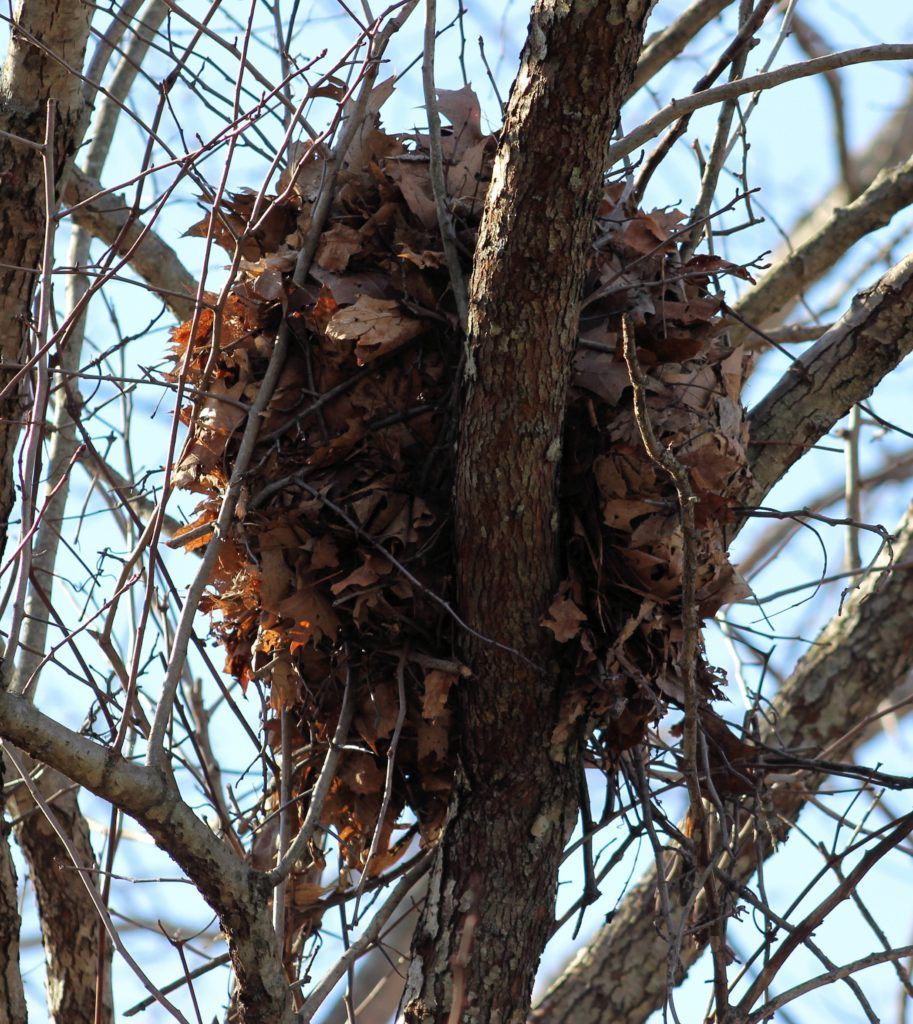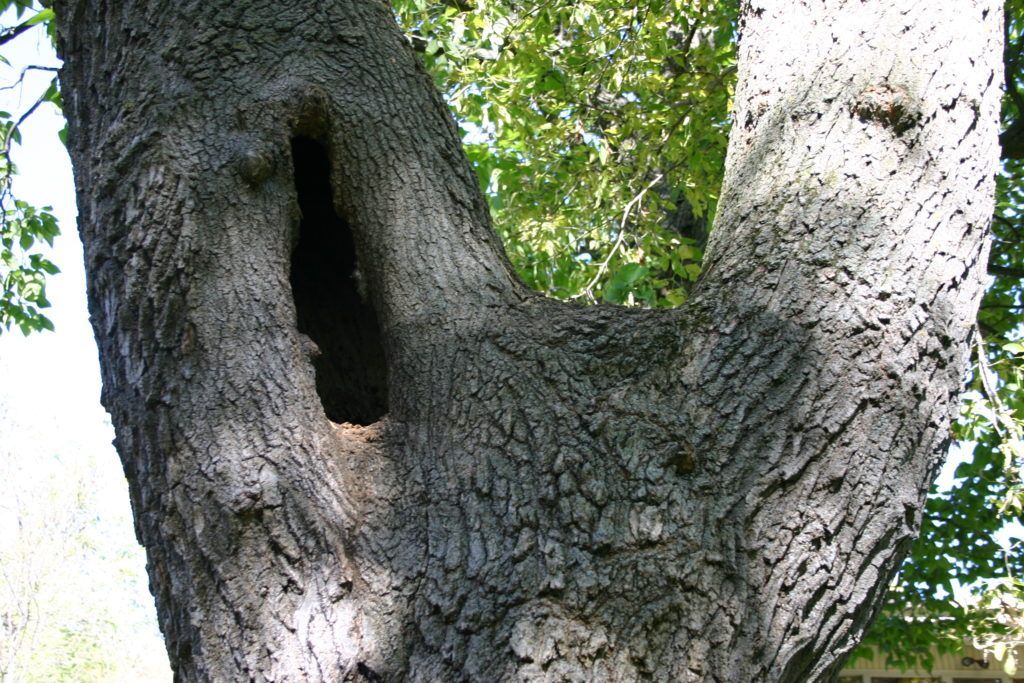Keep Calm and…SQUIRREL!
Written by Holly Walz
Who’s that bushy-tailed, gray, and furry fellow on the birdfeeder?! It’s no bird – must be a gray SQUIRREL! Common visitors to parks and backyards in Milwaukee, squirrels also live in hardwood and mixed coniferous hardwood forests throughout Wisconsin – wherever there are trees with nuts. If you have a bird feeder, this critter can steal all the birdseed for himself. They are very clever! And acrobatic!


Gray squirrels ( Sciurus carolinensis ) have – you guessed it – gray fur that may be tinged with brown. They also come in other color morphs or phases – some gray squirrels are “melanistic” having black fur. White and albino squirrels have been recorded in Wisconsin too! Gray squirrels often have white hair patches behind their ears and on their chin, throat, and belly. They weigh between one and two pounds. Gray squirrels can be 18 to 21 inches long and almost half of that length is their tail! Tails can be used for balancing on power line “bridges” and for jumping branch to branch; they also make a fine shield from rain and cold wind.
Gray squirrels have excellent eyesight. Their eyes are located on the sides of their head giving them a wide field of vision. Eye placement and their excellent sense of hearing help them avoid predators like falcons, hawks, and foxes. And a fantastic sense of smell helps them find the acorns they buried last year. Seen any strange little holes in your yard lately? SQUIRREL!
When gray squirrels are not busy burying nuts, they may be “squirreling them away” in a tree hole for storage. Acorns, hickory nuts, black walnuts, and maple seeds are favorites morsels. And those four strong, sharp, orange front teeth? They never stop growing! The orange color is a special protective covering, necessary protection for gnawing mammals known as rodents. Squirrels need strong sharp teeth to open the hard shells of nuts they eat!
When a squirrel “forgets” where a nut was buried, sometimes the nut germinates and grows into a tree! Squirrels also like to eat green plants, flowers, berries, apples, corn, sap, and fungi. They’ve been known to dig up garden bulbs for food too. Pesky squirrels!
Adult gray squirrels are about a year old when they breed. They often have two litters of three to five young – one in late March/early April and the second in late July/early August. Baby squirrels – called “kits” – are born “altricial”. That means they need a lot of care and feeding from their mom. Kits are born pink and hairless, with closed eyes and ears. Their ears open at around four weeks and their eyes at six weeks. They depend on their parents for two to three months.


And if they seem to stick around a long time, it’s because gray squirrels are homebodies, not traveling far from their home which amounts to a couple of square acres of forest. Their leafy summer nests are called dreys – but they may also live in a tree hole where many squirrels may snuggle together to keep warm. You might see bedding and nesting material s
being carried in a squirrel’s mouth up to the nest. They are active in winter and diurnal – meaning they are active during the day but, like us, they may take a break around midday. When the sun goes down, it’s good-night SQUIRREL!
The post Keep Calm and…SQUIRREL! appeared first on Friends of Wehr Nature Center.






